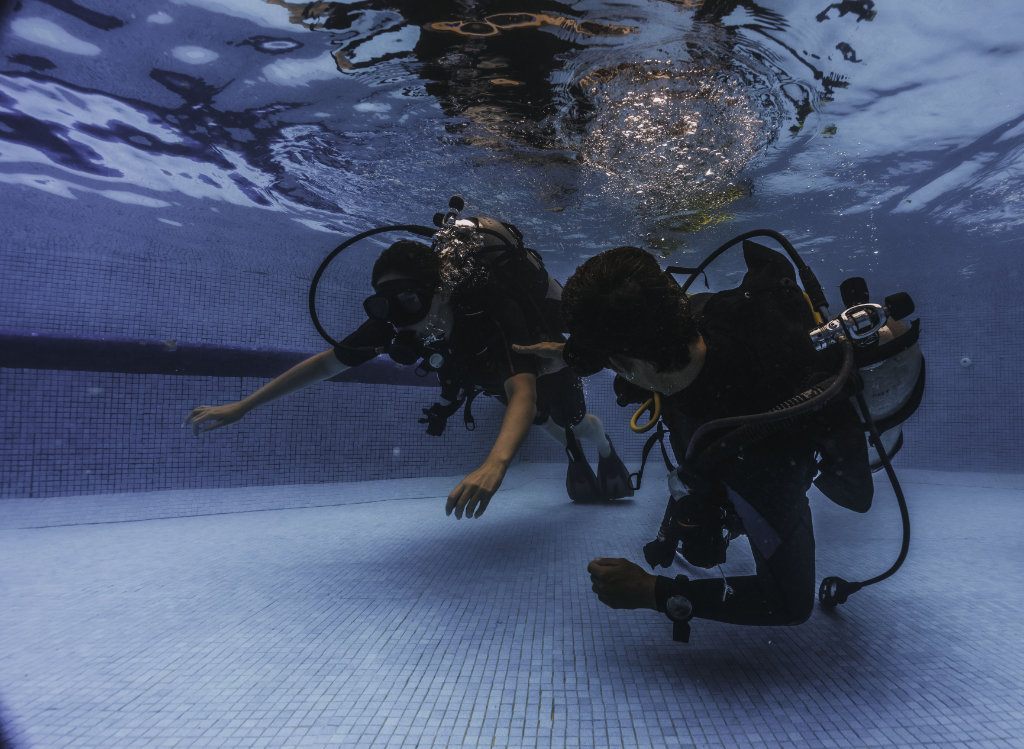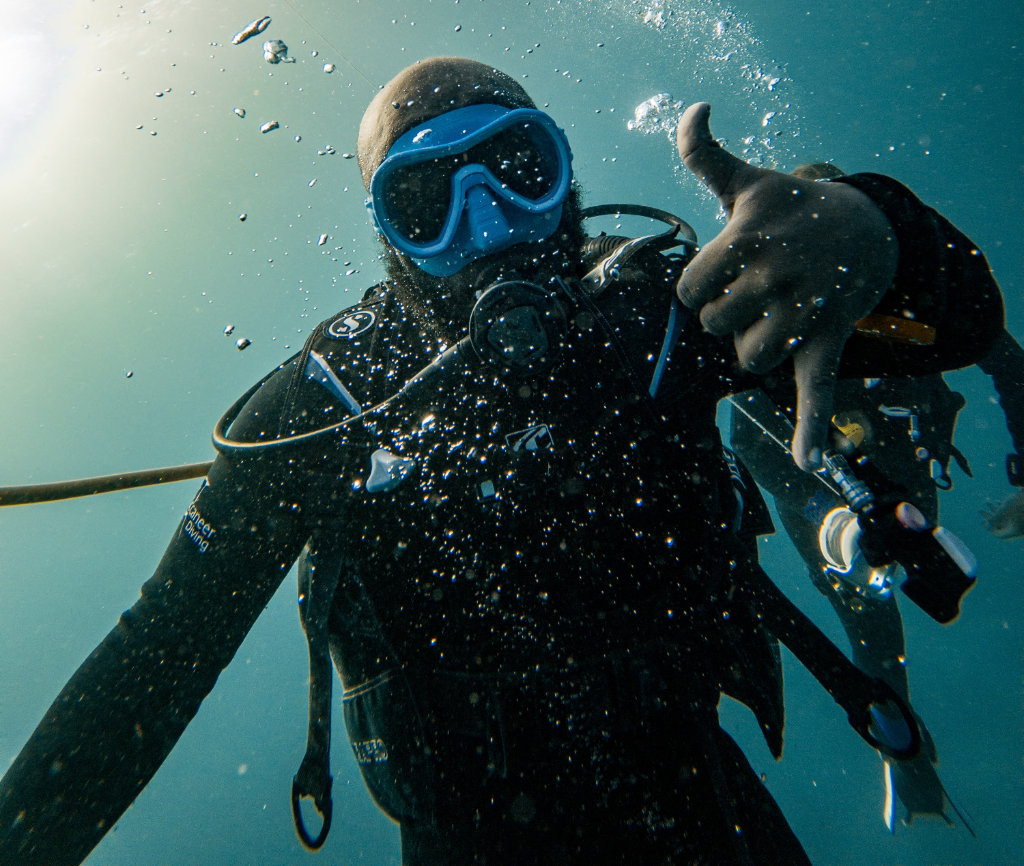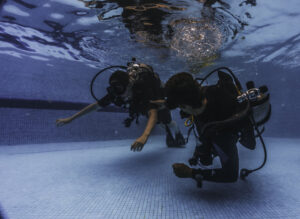Whether you’re an experienced scuba diver or just beginning to explore the thrilling underwater world, you’ve likely heard about the scuba life hack of wearing a wetsuit to keep warm. But does a wetsuit actually keep you warm while you’re immersed in the depths?

In this comprehensive guide, we’ll discuss the benefits and drawbacks of wearing a wetsuit during your underwater adventures and answer the all-important question – is wearing a wetsuit worth it?
Get the latest articles in your inbox fresh and ready to read …
Get the Scubly "All Access Pass"
All Access Pass members enjoy unlimited access to entire articles – 100% FREE
By signing up you agree to our Terms of Service and Privacy Policy. You also agree to receive our newsletters (you can easily and quickly opt-out at any time).
You will receive free access to all of our articles while you are a member of the site.
Benefits of Wearing a Wetsuit Underwater
Donning a wetsuit while scuba diving can offer numerous advantages. Here are the top benefits to consider:
1. Suitable for different water temperatures: Wetsuits are available in various types and thicknesses to accommodate different water temperatures. They are designed to trap a thin layer of water between your skin and the suit, which your body heats and is then insulated by the suit material. The most common types include:
a. Shorty wet suit: Typically with short sleeves and legs, these suits are ideal for warmer water temperatures between 70-85 degrees Fahrenheit, providing enough insulation without causing overheating.
b. Full suit: Covering the entire arms and legs, these suits are perfect for water temperatures ranging from 60-70 degrees Fahrenheit. They offer more insulation and are typically available thicker than Shorty suits.
c. Cold water suits: Engineered for waters below 60 degrees Fahrenheit, these wetsuits are even thicker to provide additional insulation and warmth. They may also incorporate sealed seams or built-in hoods to minimize water exchange.
2. Protection: A wetsuit not only keeps you warm but also provides protection from potential underwater hazards. The neoprene material serves as a barrier, shielding your skin from stings, cuts, and abrasions caused by aquatic life, such as jellyfish or coral, or sharp rocks and debris.
3. Increased buoyancy: Wetsuits are made of neoprene fabric, which incorporates tiny air bubbles trapped within its structure. These air bubbles increase your buoyancy, making you more buoyant and helping you maintain a comfortable position in the water. This can be especially helpful for beginner divers who are still learning buoyancy control techniques.
4. Enhanced shape and support: The snug fit of a wetsuit can help streamline your body, reducing underwater drag and allowing you to move more efficiently. Additionally, some wetsuits include supportive panels or reinforced areas designed to support commonly overworked muscles, potentially reducing fatigue during your dive.
Disadvantages to Wearing a Wetsuit Underwater

Despite the benefits, there are some potential downsides to the scuba life hack of using a wetsuit while diving:
Loss of dexterity: The tight fit of a wetsuit can result in reduced dexterity, especially when using a thick suit designed for colder water. This can create challenges in operating dive equipment such as your dive computer or underwater camera, or completing tasks like tying a knot or adjusting your mask.
Restriction on movement: Thick wetsuits may limit your movement underwater by reducing flexibility. This can make it harder to move your arms and legs with ease, causing you to expend more energy and potentially increasing your air consumption.
Weakening over time: With continued use, wetsuits can lose some of their insulating capabilities as the neoprene material stretches out. This loss of elasticity also reduces the suit’s ability to maintain a snug fit, which is crucial for retaining warmth underwater.
Maintenance: Wetsuits require proper care and maintenance to ensure their effectiveness and longevity. This includes thorough rinsing after each use, proper drying, and storage to prevent mildew, as well as the occasional lubrication of zippers.
The Safety Stop
So, is the scuba life hack of wearing a wet suit worth it? The answer primarily depends on your diving preferences, skill level, and the conditions in which you’re diving.
For divers venturing into cold water or areas with potential hazards like sharp rocks, stinging marine life, or even sun exposure, a wetsuit can be an invaluable piece of equipment that keeps you warm and protected. Additionally, the added buoyancy provided by the suit can be beneficial for new divers still learning to control their buoyancy.
However, if you’re an experienced diver who is comfortable diving in warm water and isn’t concerned about potential hazards or requiring extra buoyancy, you might find that the loss of dexterity and restricted movement associated with wearing a wetsuit may outweigh the benefits.
Ultimately, the decision to wear a wetsuit while scuba diving comes down to personal preference, comfort, and environmental factors. Consider your diving environment and skill level, and weigh the advantages and disadvantages before making your choice. But with the correct wetsuit tailored to your needs, you’ll be sure to enjoy a warmer, safer, and more comfortable dive. Happy diving!








